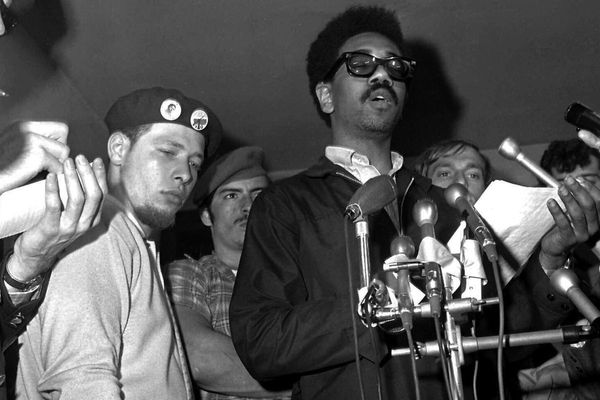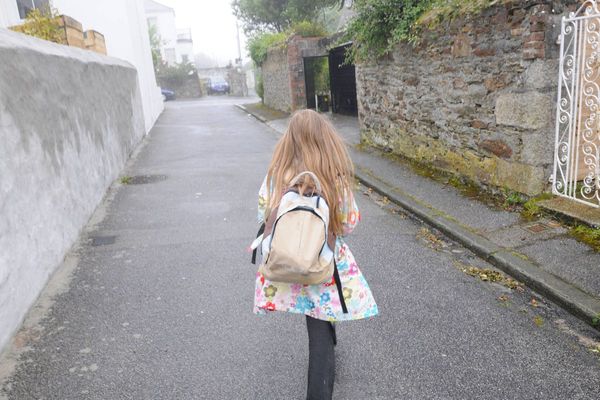
Sir Humphrey Appleby would have a word for the government’s new green belt policy: brave. Its plan for one of the country’s best-loved institutions justifies the Yes Minister mandarin’s description of apparently pioneering initiatives that risk grave electoral damage.
For, as the Guardian reported, the plan mounts an unprecedented assault on countryside hitherto hailed by all administrations as sacrosanct. And conservationists are accusing ministers of deliberately misleading the public.
Just three months ago, Labour’s manifesto said it was “committed to preserving the green belt”, pledging not to change “its purpose or general extent”. It did propose developing “lower-quality” protected land, dubbed “grey belt”, but the government has consistently indicated that this would be confined to eyesores such as old car parks, petrol stations and ugly wasteland.
In fact the plan, now out for consultation, removes protection from tens of thousands of acres of pristine land. But finding that out involves penetrating to the definition of “grey belt” in the glossary on page 74 of its proposed national policy planning framework.
Nor is this all: another obscure reference makes clear that once councils have used up their brownfield and “grey belt” land, they will have to start building on the best of their green belt even if it serves its own purposes, such as preventing urban sprawl.
High housing targets make this inevitable. The Sevenoaks district in Kent – 93% protected – will, for example, have to accommodate 1,113 homes a year despite now only managing an average of 263. The London Green Belt Council predicts devastation.
Yet the green belt – originating with the Attlee government – has been astonishingly successful. In 1940, London and Los Angeles had similar greater urban areas. Since then, Los Angeles’ sprawl, without any green-belt protection, has covered an area equivalent to reaching from Brighton to Cambridge.
Meanwhile, the spared land has remained accessible and health-giving countryside that is nextdoor for 30 million people. And its embrace has revitalised cities by concentrating development in them.
No wonder some two-thirds of Britons tell polls that green-belt land should be protected even at the cost of fewer homes. Only about a quarter disagree.
Yet a consensus grips most of Westminster, Whitehall and the media that developing it is the way to bring down prices and thus solve the appalling housing crisis that especially afflicts young people.
The crisis is only too real. Just one in five 18- to 34-year-olds now own a family home. We desperately need to build lots and lots of dwellings, using newly available, cheap techniques. That would also spur economic growth.
Despite the consensus, increasing housing numbers does not, in itself, bring prices down significantly. Supply and demand does not work as for, say, baked beans.
There are 25m homes in England; increasing them by the government’s officially planned 300,000 annually adds only 1.2% to supply. Demand is boosted by people investing in more than one house. And housebuilders refuse to construct them at rates that cut prices.
So government, and independent, studies show that achieving the planned tally for 20 years would reduce prices by just 6% in real terms, a fraction of their jump in recent decades. And even that would be obliterated by a two-percentage-point fall in interest rates.
Developing the green belt makes things worse. Its homes have typically sold for 20% more than equivalents elsewhere. Housebuilders overwhelmingly build expensive four- to five-bedroom properties there, and construct half as many per acre as the national average. All that puts prices up even more.
In fairness, the government says half of all new green-belt houses must be affordable. But crucially this is “subject to viability”, a loophole developers have long exploited to avoid building them. The planning consultants Lichfields say it is “highly unlikely” that most schemes will comply.
Building in the green belt also requires costly new infrastructure, from roads to sewage works, or they increase congestion and pollution. And it produces car-dependent homes: on average, green-belt dwellers annually emit as much extra CO2 by driving as they would from 10 transatlantic flights.
None of this is to oppose all building there. Most local people want affordable homes for their children and there is little opposition to developing the ugly eyesores that the government talks about. The objection is to expensive mansions on virgin countryside.
I live in the green belt, but accepted housebuilding on an adjacent field after successfully insisting that some be made affordable.
Protected land that no longer serves any purpose should be open to development, but the government is going far beyond that. Locations with infrastructure and public transport, such as urban areas, should take priority, but ministers are heavily cutting housing targets in cities while increasing them in the green belt.
It seems to want to stuff the shires, in more senses than one. But that could backfire. Since the election, Labour MPs represent half of the constituencies containing green belt (up from 16% beforehand), including nearly two-thirds of those with most of their land protected. In these seats, net support for building on it stands at an abysmal minus 40%.
Once their voters realise the extent of what is happening, they will surely put pressure on their new, already increasingly rebellion-prone MPs and, if unsatisfied, turn against a government already fast losing popularity. It could indeed prove to be a “brave” policy in the Sir Humphrey sense. Would that he were here to head it off.
Geoffrey Lean is a specialist environment correspondent and author







